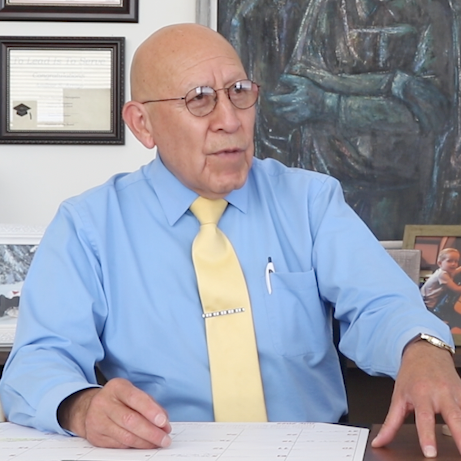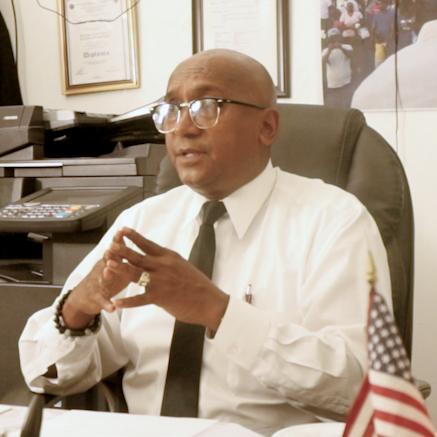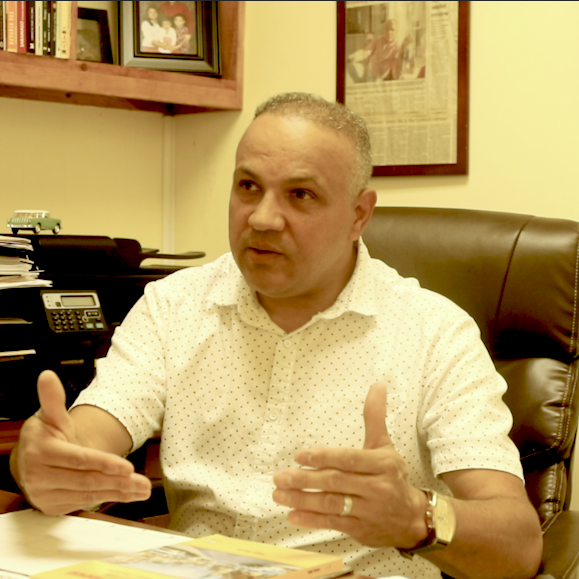Early Communities
The anthracite coal region of Pennsylvania has been an immigration destination for generations. In the 1850s, Irish immigrants came to the region, fleeing famine and seeking better economic opportunities. Upon their arrival, many found work in the area’s anthracite coal mines, facing poverty and discrimination. Immigrants were relegated to the lowest paying, most dangerous and physically demanding jobs. They were painted as lazy, drunk, and dangerous. A generation later, another wave of immigrants arrived, this time from Eastern and Southern Europe. This group, who also found work in the mines, encountered similar difficulties, though language barriers compounded problems. It was common to see communities divided along ethnic lines, with tension often high between groups. The descendants of these early immigrant communities remain a significant presence in the Anthracite Region.
New Communities
Today, the region is experiencing another wave of immigration, as people flock to Northeastern Pennsylvania from places like Central and South America as well as the Caribbean Islands. Contemporary immigrants face nearly the same troubles as their counterparts a century before. Steady, safe, well-paying work is difficult to find. Language sometimes presents a barrier. Discrimination and anti-immigrant sentiments persist.
Immigrants to the region today are part of the long and storied history of Northeastern Pennsylvania. Their stories, featured here, are not so different from European immigrants of the past. They show the resilience needed to cope with hardship and the deep love they have for their new home. Hear from Amilcar, Annie, Dafne, Gigi, Victor, and Eddy as they share glimpses into their lives in modern day anthracite country.
Click on an image above to view that person’s full interview transcript.
Arriving in Anthracite
Every immigrant has an arrival story. Today, people arrive in Northeastern Pennsylvania from all over the world, and many come from countries like the Dominican Republic and Mexico. Those coming from other countries may first live in New York, New Jersey, or California before choosing to settle in Pennsylvania. People come to the area for the same reasons as immigrants in the 1800s: better economic opportunities, more stability for their family, and a better quality of life. Below, Amilcar Arroyo talks about the long journey he took to get to Northeastern Pennsylvania from Peru, traveling across the world in order in search of work and a better life.
Well, right now it’s a vibrant region…The future of this area is unbelievable. If I go back on the time when I moved in, to this place 33 years ago, it was a quiet, very quiet town.
– Amilcar Arroyo
Love of the Land
Northeastern Pennsylvania’s rich anthracite coal veins put the region on the map in the 1800s. For over a century, mining dominated the landscape, dragging black coal from deep underground. Mining wreaked havoc on the environment as it cleared forests and vegetation and shrouded the land and its inhabitants in black coal dust.
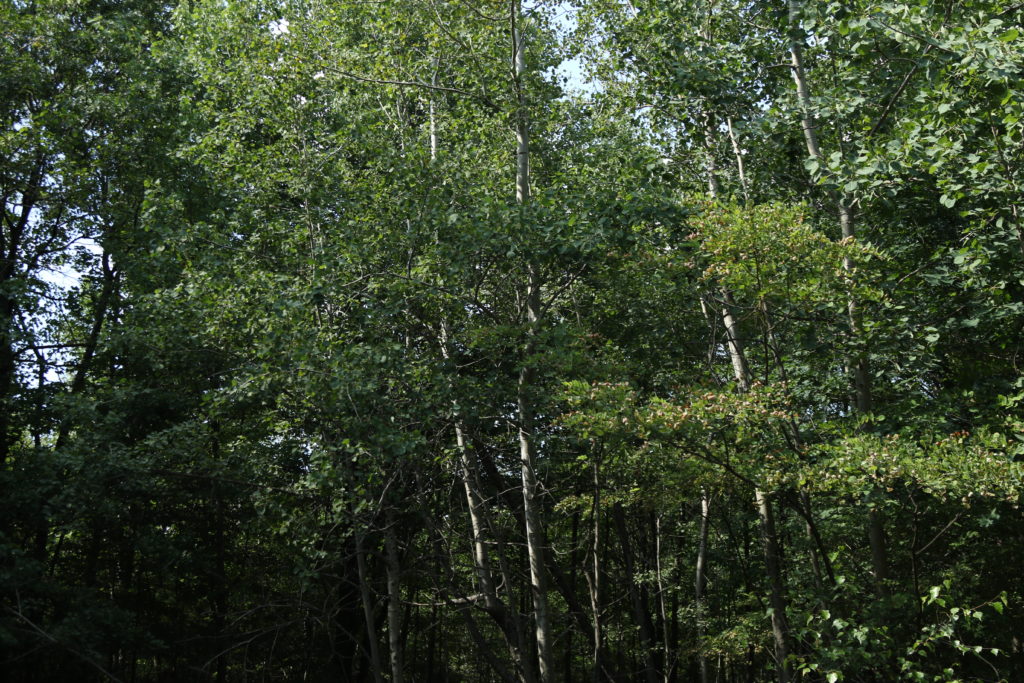
Today, though, the area is home to dense forests and state parks that cover rolling hills and majestic mountainsides. The region’s natural beauty is important to new immigrants – both Dafne Paramo and Gigi Perez talk about relishing the opportunity to get out and enjoy nature.
It’s really nice, especially in this area, the hiking. There’s a lot of opportunity for hiking and do things out in nature. I think one of my favorite ones is Ricketts Glen.
– Dafne Paramo
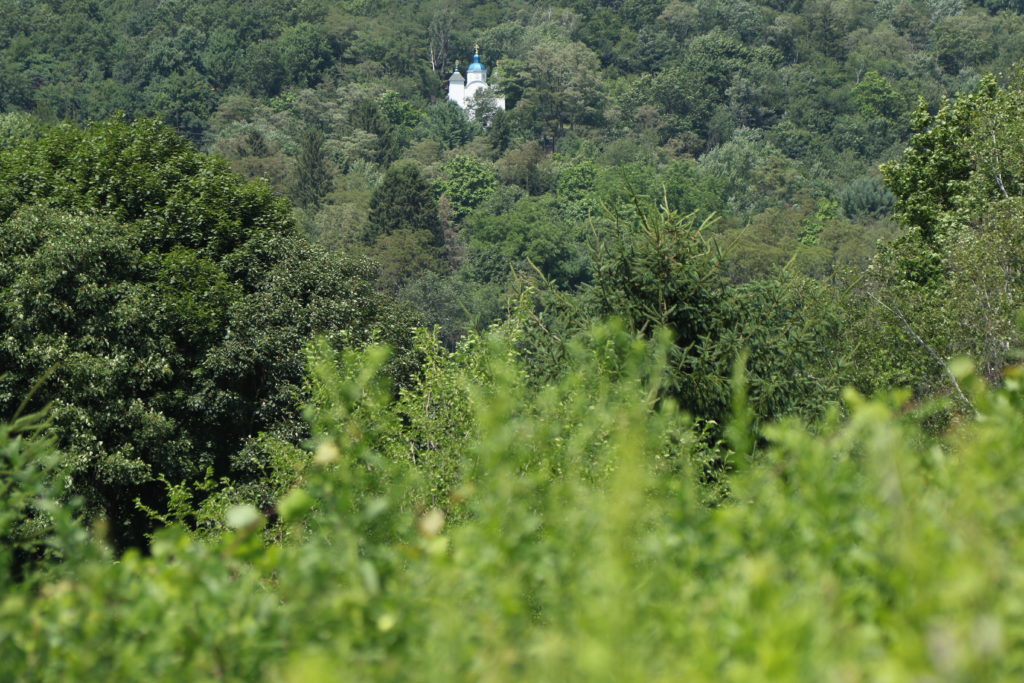
I want the best for my family. I want my family to be safe. I want my kids to enjoy nature. I want them to live out their dreams. I want them to work hard to get, you know, to where they want to get.
– Gigi Perez
Challenges and Integration
In the past, immigrants faced significant challenges after arriving in a new land. Not only did they have to create new lives from scratch, they often were mistreated by the people already living in the area. Immigrants faced xenophobia, prejudice against people from other countries, and were persecuted because of their cultural, religious, and language differences. Over time, immigrants from Europe came to be accepted and integrated into American society.
Now, immigrants face similar prejudice based on their cultural, religious, and language differences, as well as their skin color. Luckily, there are people fighting against this prejudice. Victor Perez is a leader at Casa Dominicana de Hazleton, a nonprofit dedicated to helping immigrants navigate life in Northeastern Pennsylvania. Below, he talks about importance of community cohesion and Casa Dominicana’s role in working against legislation that targeted people based on their immigration status.
I’ve believed that, one hand can wash the other hand, and together can wash the face. We believe that the Dominican House is one hand. The rest of the community is other hand. I believe that you have to unify both hands to give a better opportunity to the community to wash the face.
– Victor Perez
Mines and Factories
A major difficulty immigrants face today is finding safe, reliable, and well-paying work. Many have found jobs in the region’s industrial parks and fulfillment centers. Unfortunately, many of these jobs often demand long hours on your feet while offering low pay with few or no benefits and unsafe working conditions.
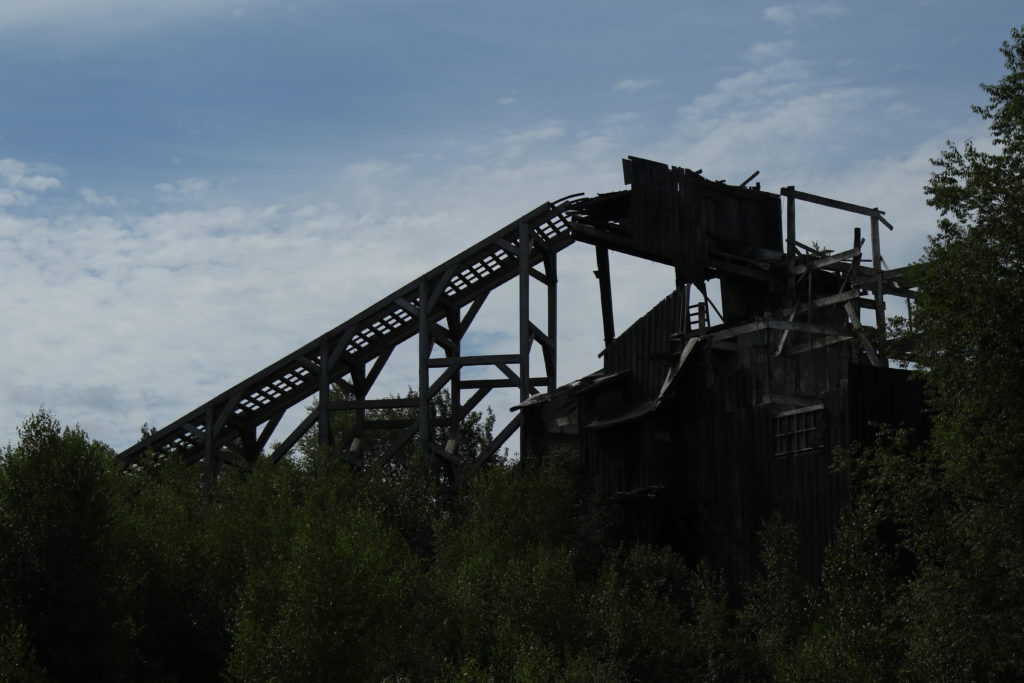
Annie Mendez links these jobs to the dangerous and difficult mining jobs immigrants once held, particularly during the COVID-19 pandemic. Listen below as she talks about the problems she and other immigrants have faced.
I used to translate documents…there were no doctors here. Imagine something as important as your health and you have no way to communicate with your doctor.
– Annie Mendez
Solidarity and Community
Although immigrants encounter trouble when they come to a new area, there are systems of support to help people. European immigrants of the past forged tight-knit communities where people of similar backgrounds came together to find ways to survive and thrive. People worshipped together, shared food, split chores, and educated each other’s children. Community was key to the immigrant experience.
That hasn’t changed today. People just arriving in the area turn to their community for help translating important legal documents, ensuring their children are receiving a good education, securing jobs, and celebrating holidays.
King’s College in Wilkes Barre, first established to educate the children of coal miners, is the home of the McGowan Hispanic Outreach Program, which serves the underrepresented Hispanic population in the area through adult language courses, high school mentoring initiatives, and elementary and middle school outreach. Listen to Dafne Paramo talk about the strength of both informal communities and institutional programs like that at King’s College.
Connecting the Region’s Stories
Former publisher and current community organizer, Eddy Ulerio has made it his mission to spread the word about the connection between the region’s past and present. His book, La Inmigración Hispana en Hazleton (Hispanic Immigration in Hazleton), tells the entire story of the region’s history, beginning in the mines and continuing through to the industrial parks of today. The book is written in Spanish so that Spanish-speaking immigrants can easily learn about their place in Hazleton’s history. Eddy’s writing highlights universal experiences that connect past to present and cut across differences in ethnicity, nationality, and language. In the clip below, Eddy expands on how the past and the present are intertwined in Northeastern Pennsylvania.
One of my favorite things about living in this community is the diversity. Although sometimes there may be certain clashes, it is important that within diversity we can respect each other and that we can collaborate.
– Eddy Ulerio
History and Moving Forward
The links between the past and the present are not lost on the newest wave of immigrants. As people continue to arrive in Northeastern Pennsylvania, new ways of life are being created every day, and these new experiences are becoming part of the fabric of the region’s history and heritage. People are finding ways to overcome prejudice, connect with each other, and build communities that are warm and welcoming. This is always done with an eye on the past – the legacy of anthracite coal mining is never far from peoples’ minds. It is through learning from the past, though, that the way forward may be found. Listen to Gigi Perez, a local artist and educator, as she draws connections between her experiences and those of the coal miners, and how remembering both the good and the bad parts of anthracite history are important to the future of Northeastern Pennsylvania.
Do you or someone you know want to add your voice to the Anthracite Heritage Museum’s collection of modern immigration stories? Click here to join our project!
Acknowledgements
We are very grateful for contributions from Amilcar Arroyo, Annie Mendez, Dafne Paramo, Gigi Perez, Victor Perez, and Eddy Ulerio.
This exhibition was made possible by Dr. Paul Shackel of University of Maryland and Dr. Bode Morin of the Pennsylvania Historical and Museum Commission, with the generous support of the Behavioral and Social Sciences College Dean’s Research Initiative at the University of Maryland, College Park as well as the Pennsylvania Anthracite Heritage Museum and the Pennsylvania Historical and Museum Commission.
Photography and videography by Aubrey Edwards. Exhibition writing and design by Aryn G. N. Schriner. Special thanks to Kent Jackson, Thomas Mackaman, Silvana Montañola, Sandra Prytherch, Dr. Chris Stokum, and the Anthracite Heritage Museum and Iron Furnaces Associates.

